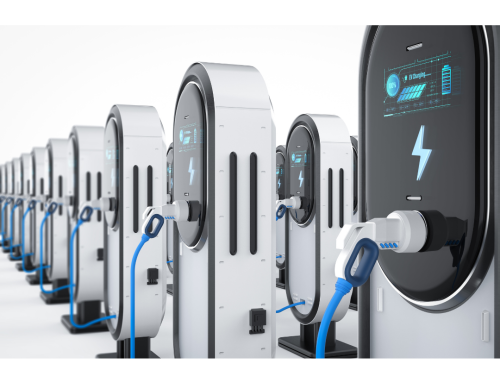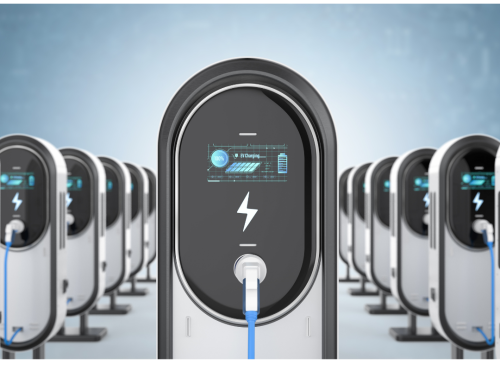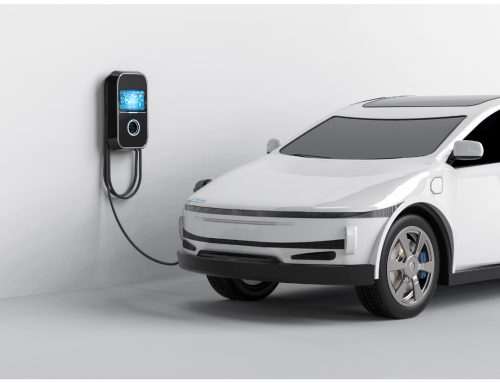Prefer DC Charging Points
While AC charging usually takes 6-10 hours, DC fast charging can reduce this time to 30 minutes. DC charging stations save time by transferring electricity directly to the vehicle’s battery.
Know Your Vehicle’s Maximum Charging Power
Some vehicles can support up to 50 kW, while some models can receive up to 250 kW DC.
The maximum charging capacity supported by the vehicle is as important as the power of the charger.
Example:
- Renault Zoe – max. 50 kW
- Tesla Model 3 – max. 250 kW
If a vehicle supporting 250 kW is connected to a 50 kW station, the system will only charge with 50 kW.
Keep Battery Charge at 80%
Batteries charge more slowly after 80%. This is a deliberate slowdown for battery health.
If you want to charge quickly: Aim for a charge range of 20% to 80%. This can significantly shorten the charging time.
Pay Attention to Battery Temperature
Batteries charge more slowly in cold weather.
Bring the battery to the ideal temperature by driving or turning on the preheat mode before setting off.
Plan Before
Use DC stations via mobile applications:
- Locations
- Availability
- Charge power
You can save time by checking. Platforms like DoldurApp make this process easier.
Bonus: Is Fast Charging Always Necessary?
No. If the vehicle is parked during the day, AC slow charging is more suitable.
Fast charging is ideal for times when time is limited. At the same time, fast charging should be used in a balanced way to preserve battery life in the long term.





